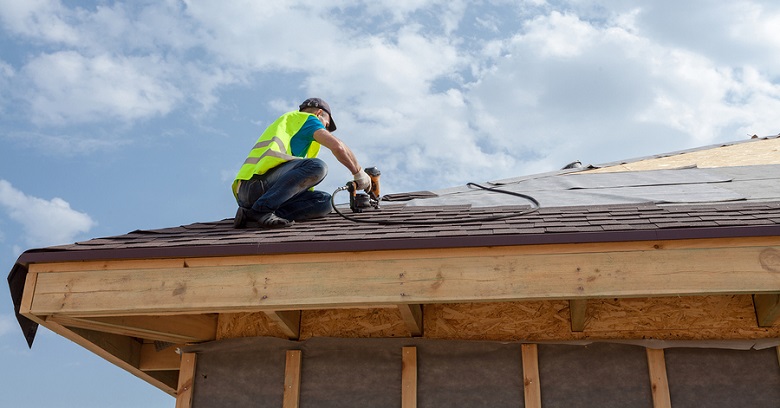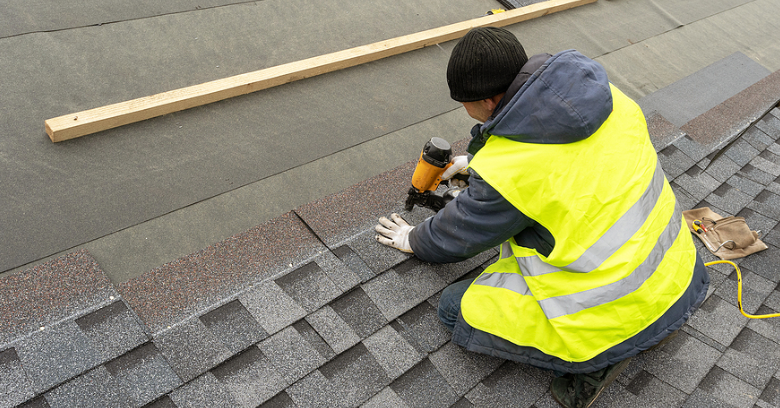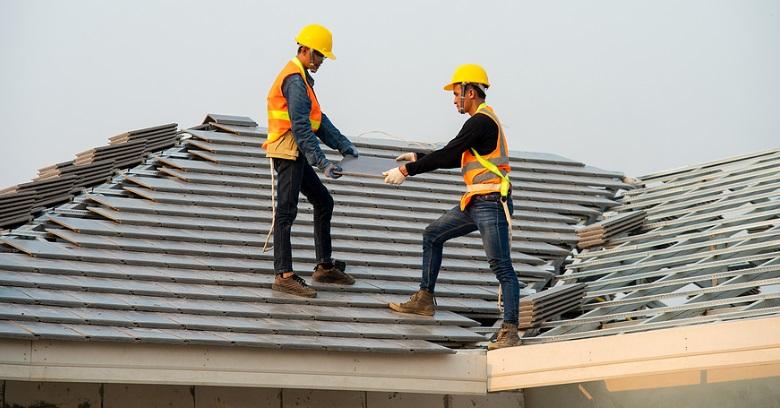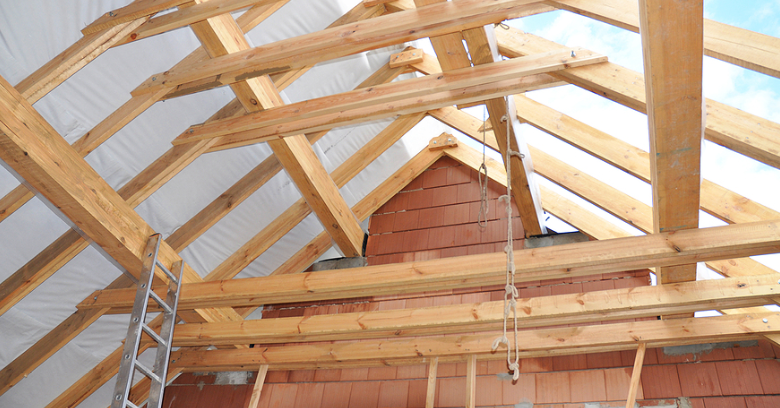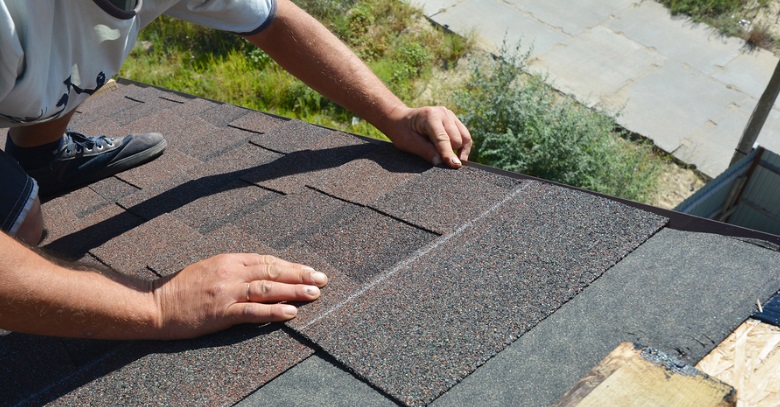An important part of every roofing estimate provided by professional roofing contractors is the cost of materials. This cost is calculated by determining how much material is actually needed for the job. This may seem like an easy calculation to determine, but it can be complicated depending on how intricate the roof design may be.
You can accurately establish your materials requirement by using the formulas used by residential roofing companies when preparing their work estimates.
Determine Square Footage of the Entire Roof
The most complicated part of estimating roofing materials is determining the square footage of the surface to be covered. Square footage is calculated by first multiplying the length and width of each part of the roof, then adding those numbers together to calculate the final square footage. Finding the length and width of each area can be challenging; roofing contractors use specific techniques to accurately measure different angles and parts as follows:
- Simple Shed and Gable Design - Multiply the width of the roof or the rake by its length or eave to get the total square footage. Double this number by the number of angles. A shed design only has one angle, so the calculation of rake times eave gives you the total square footage. A gable design has two same angles, so you must establish the square footage of one angle, then double that number.
- Gambrel and Other Designs - To accurately estimate gambrel roofs and others with more than two identical angles or if there is construction that involves a combination of angles, residential roofing companies must measure and multiple the rake and eave dimension for each part or angle, then add up the calculations. More complicated designs can be calculated by breaking slopes and angles into different pieces to be calculated separately and then added together. This can also be accomplished by calculating the complete area and deducting the size of any insets and slopes.
- Alternate Measurement Techniques - In cases where it is impossible to actually measure the different lengths, roofing contractors typically rely on two alternate methods to determine square footage. The simplest method is to obtain a copy of the house building plans if possible. The second technique involves viewing each slope from the ground and using a carpenter’s rule to measure angles and lengths, then converting angles and inches into actual dimensions.
Converting Square Footage Into Materials
Once you know the total square footage of the roof, establishing how much material is required is easy. Roofing manufacturers sell material by the square, which is 100 square feet. To determine how many squares of materials a residential roofing company would need, divide the total square footage by 100.
The resulting number is the number of squares of material required for a new roof. When estimating the amount of underlayment required, simply divide the total square footage by that of the roll of underlayment to calculate how many rolls must be used.
To ensure enough roofing materials are initially purchased, roofing contractors must accurately measure each project individually to calculate square footage. This number should appear on every estimate provided by a residential roofing company along with the cost of the materials per square. By using any of the methods listed above, you can perform these same calculations to ensure your estimate reflects the same measurements and that it corresponds with the amount of materials required for your new roof!

